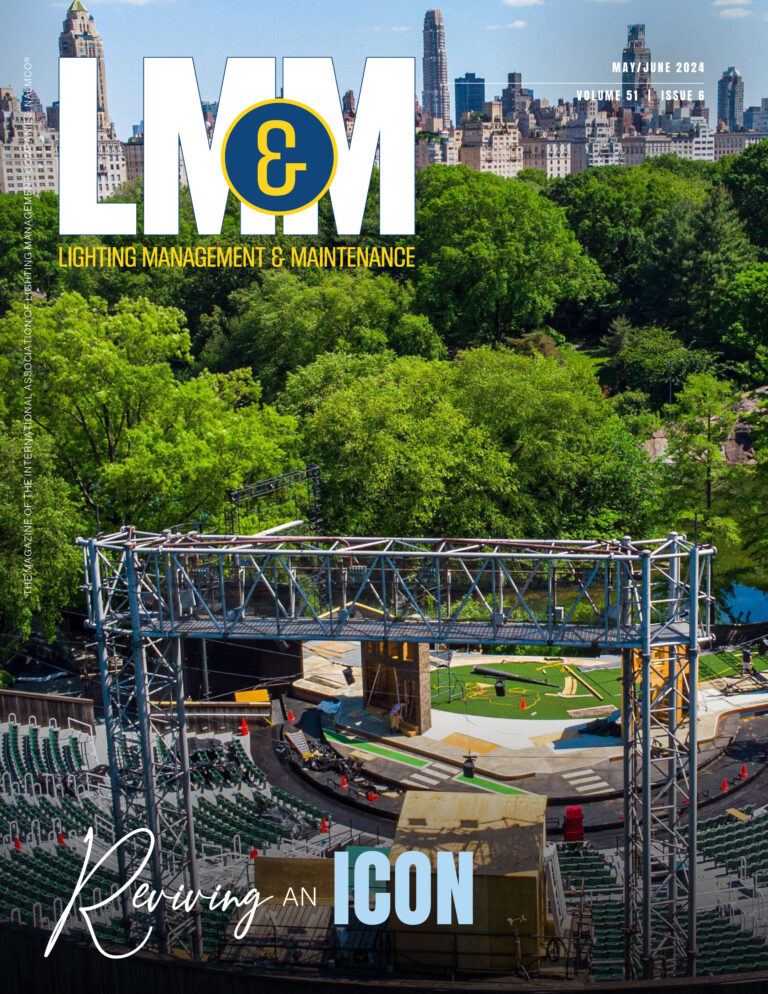A federal judge in California has ruled that Feit Electric Company, Inc. (Feit) has not infringed a CAO Lighting Inc. (CAO) patent directed to LED lighting systems employing a certain LED chip “layer” structure. In CAO Lighting Inc. v. Feit Electric Co. Inc., Case No. 2:20-cv-04926 (C.D. Cal.), plaintiff CAO asserted U.S. Patent No. 6,465,961, alleging the LEDs in Feit’s lamps employed a patented arrangement of “reflective layers” on either side of an “active layer.” Feit moved for summary judgment on the ground that its LEDs did not use the claimed layer arrangement. The Court agreed, essentially rejecting CAO’s interpretation/construction of the key claim language. “No reasonable jury could find that the sapphire substrate could meet both the ‘reflective layer’ and ‘substrate’ limitations given that [the] claim[s] contemplate[] heteroepitaxy.” Opinion at 15. The judge tossed the case before letting it get to trial.
Feit also raised an inequitable conduct defense based on CAO’s failure to disclose two pieces of prior art to the US Patent and Trademark Office (“USPTO”) during the process of CAO obtaining the ‘961 patent. The defense, if successful, would have effectively destroyed the ‘961 patent, barring future/other suits by CAO. Feit presented evidence that CAO learned of the two pieces of prior art while in the process of obtaining the ‘961 patent but did not disclose the art to the USPTO. CAO presented evidence that neither the inventor or his attorney actually looked at, or appreciated the importance of, the two pieces of prior art until after the ‘961 patent issued. The Court held that such evidence did not meet the high bar required to prove inequitable conduct.
Nonetheless, in light of the first ruling, the case appears likely to end soon.



